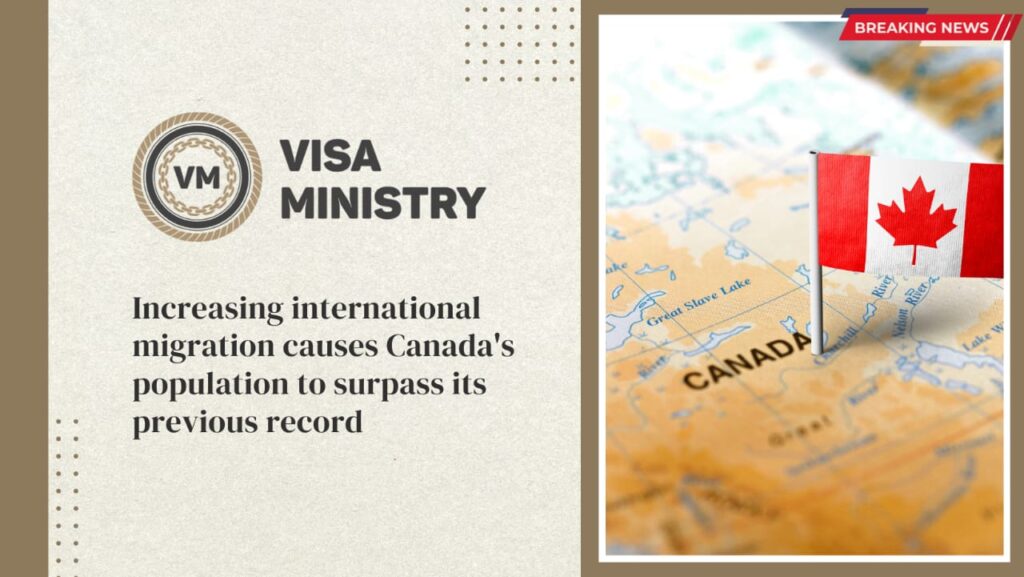This time, Canada’s population surpassed its previous high. Statistics Canada reports that a spike in immigration and temporary residents caused the country’s population to grow by more than a million people for the first time ever in 2022.
According to the government statistical office, 95.9% of the growth was attributed to overseas migration.
With one in seven Canadians between the ages of 55 and 64 and a near-record low unemployment rate of 5%, the government of Prime Minister Justin Trudeau has doubled its goal for accepting immigrants since taking office in 2015.
The Canadian government is constantly introducing new programmes to bring in immigrants to help with the workforce shortfall.
The Justin Trudeau administration revealed an intention to accept 500,000 immigrants annually by 2025 last year.
Those displaced by wars like the one in the Ukraine, the one in Afghanistan, and earthquake victims from Turkey and Syria have all been welcomed in the nation.
In 2022, Canada will get 437,000 new immigrants, while there will be 607,782 more non-permanent residents.
The Trudeau administration aims to continue raising annual immigration quotas under a three-year plan unveiled in November, with a target of granting permanent status to 465,000 people in 2023 and 500,000 people in 2025.
According to projections from Canada’s immigration ministry, immigrants will make up roughly 30% of the country’s population by 2036, up from 20.7% in 2011; this represents almost 100% of the country’s labour force growth.
Although most Canadians see immigration favourably, the most recent wave will provide difficulties in the areas of housing, infrastructure, and services, according to Statistics Canada.
Source: livermint

